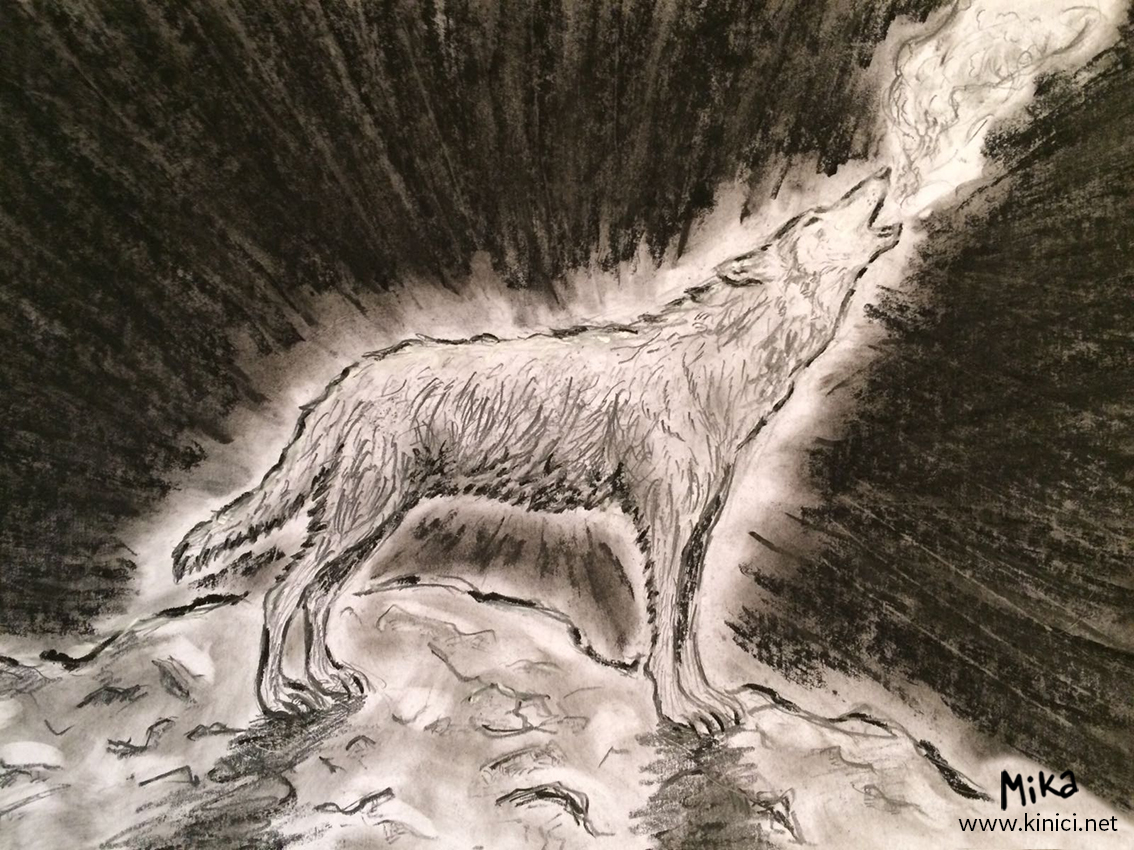Howling represents one way of protecting the territory, on bigger distances mainly as a warning.
Vocalization, or howling, in woody areas can be heard from 10 km away, in open spaces up to 16 km. If the distance is 3 km they can localize to a point the exact place where the howling is coming from. Daybreak and dusk are times of day when howling of the wolves is most likely to be heard. If the howling reaches the opposing pack, they might respond the same.

Howling purpose
1. Gathering the pack in order to confirm identity of the troop
2. Gathering the pack before the start of the hunt
3. During partition of the pack
4. During mating
5. When returning to the den in summertime
Castaways and members lowest in the hierarchy do not join the howl. When a wolf is howling by itself it does it 1–14 seconds, 3–7 seconds average. Pack howling is more complex. It begins with a howl of one individual when other dogs gradually join in, adding to the howl tempo. It sometimes ends in barking. Choir howling lasts 30–120 seconds, in mating time somewhat longer. The length of a howl also depends on number of the members of a pack.
